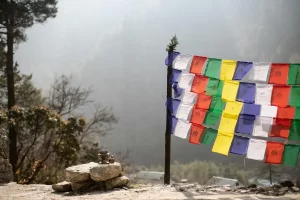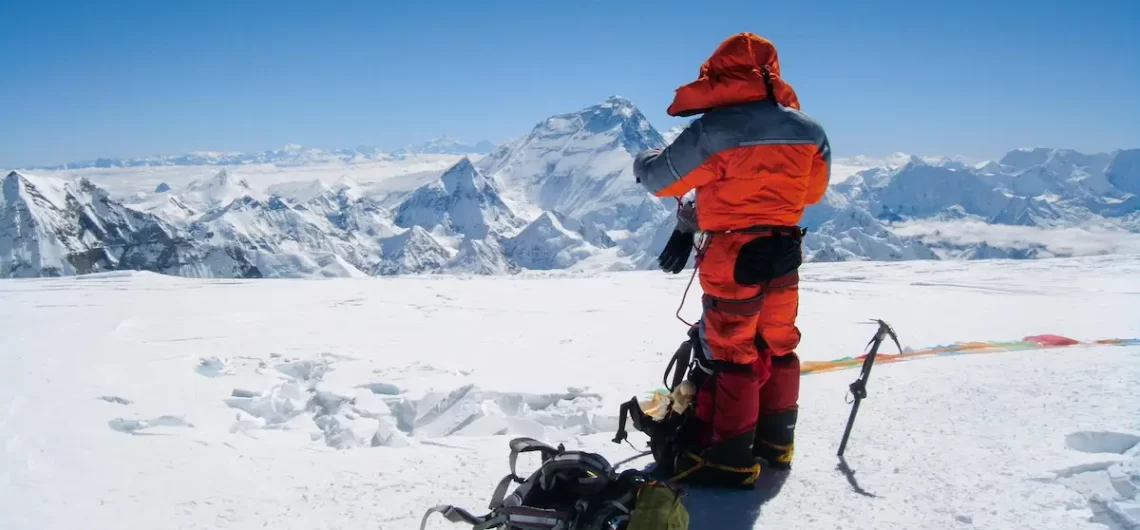Choosing the best time to visit Nepal can transform your trekking adventure from ordinary to unforgettable. With diverse seasons and world-class trails, Nepal is a year-round paradise—but some months shine brighter than others. Whether you’re drawn to the mighty Everest Base Camp, the lush Annapurna region, or quiet cultural journeys, this month-by-month guide will help you plan the perfect trekking experience.
Why Timing Matters
While Nepal is stunning throughout the year, weather patterns can significantly impact visibility, safety, and comfort. The Himalayas are home to extreme climates, and choosing the wrong time can lead to heavy rains, snow-blocked trails, or limited mountain views. Picking the best time to visit Nepal means better scenery, safer trails, and a more enjoyable experience.
Month-by-Month Breakdown of the Best Time to Visit Nepal
January – Cold, Quiet, and Snowy
January is off-season for most treks. Snow blankets high passes like Thorong La, and temperatures dip well below freezing. That said, lower-altitude hikes such as Ghorepani Poon Hill or cultural walks in the Kathmandu Valley can still be rewarding. Expect fewer crowds and clear blue skies.
February – Crisp Views and Fewer Crowds
February begins to show signs of spring. It’s still chilly in the mountains, but the days are longer and visibility improves. This is a great month for seasoned trekkers who enjoy solitude and crisp Himalayan air.
March – Spring Begins
March is one of the most popular months for trekking. Rhododendrons start blooming, and higher-altitude trails open up. It’s an ideal time to trek to Everest Base Camp or begin longer journeys like the Manaslu Circuit.
April – Peak Trekking Season
April is arguably the best time to visit Nepal for trekking. The weather is stable, mountain views are spectacular, and rhododendron forests are in full bloom. Trails can be busy, but the energy is electric.
May – Warmer and Quieter
May sees warmer temperatures and thinning crowds. It’s still a great month for trekking, although haze can obscure views at lower altitudes. The Tiji Festival in Upper Mustang is a highlight for cultural trekkers.
June – Beginning of the Monsoon
June marks the start of the monsoon. Trails become slippery and leech-infested, and landslides are a risk in some areas. That said, rain-shadow regions like Mustang and Dolpo are still excellent trekking options.
July & August – Monsoon Peaks
July and August are wettest months. Trekking in most regions is discouraged. However, photographers may find the lush green landscapes and dramatic cloud formations captivating. Again, Mustang remains a strong choice.
September – Clear Skies Return
By mid-September, the monsoon retreats. Trails dry up, skies clear, and a new trekking season begins. It’s an ideal time to explore classic routes like Annapurna Base Camp or Langtang Valley without the full October crowds.
October – Peak of the Peak Season
October is the best time to visit Nepal for picture-perfect views and stable trekking conditions. Expect crisp air, stunning vistas, and busy trails. Book accommodations early as it’s the busiest month on the calendar.
November – Clear and Calm
November is the tail-end of peak season, offering many of the same benefits as October but with fewer trekkers. It’s a beautiful month with great light for photography and serene paths for walking.
December – Off-Peak Peace
December marks the beginning of winter. Lower-elevation treks are still accessible and peaceful. Just pack warm layers and prepare for early sunsets. It’s a great month for budget travellers who want to avoid crowds.

So, What’s the Best Time to Visit Nepal?
For classic treks with unbeatable mountain views, aim for October or April. If you’re looking to escape the crowds and catch a bit of magic, consider March or November. Monsoon months (June to August) should be avoided unless you’re trekking in rain-shadow areas like Mustang.
Final Thoughts
Nepal has something to offer every month—whether it’s peaceful trails, vibrant blooms, or cultural immersion. With a bit of planning and the right gear, your trek can be life-changing, no matter the season.
Ready to Trek?
Browse our handpicked Nepal trekking tours, or speak with a local guide to help match the right season to your dream destination. When it comes to trekking in Nepal, timing is everything—let us help you get it right.


